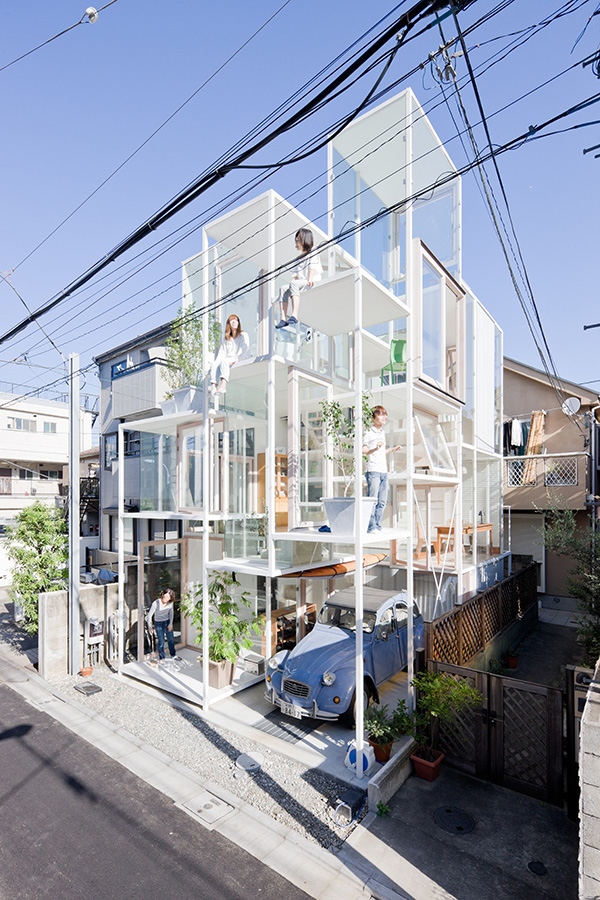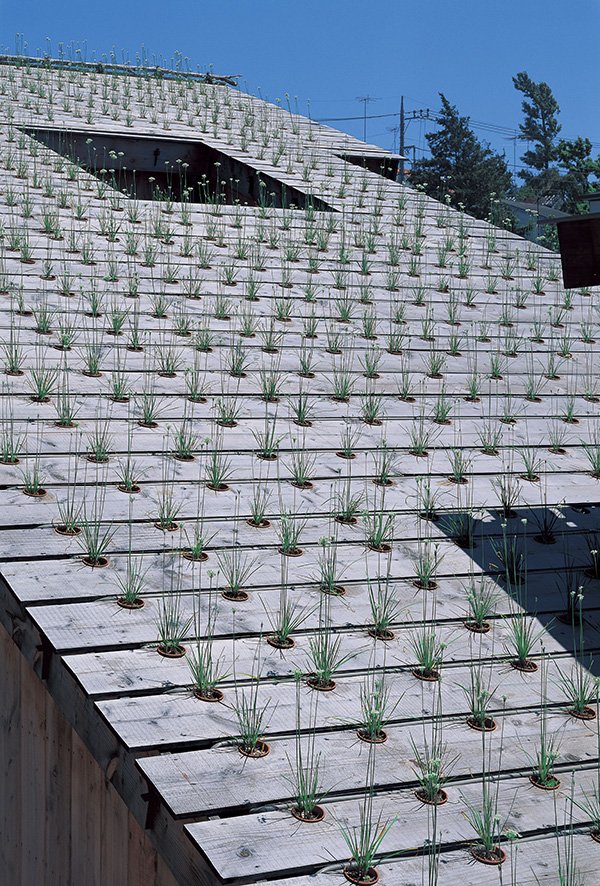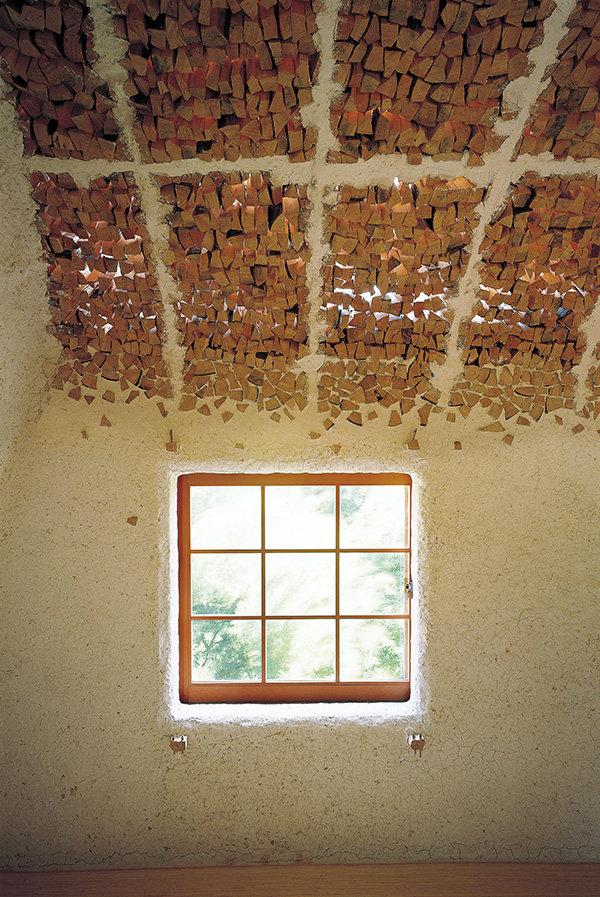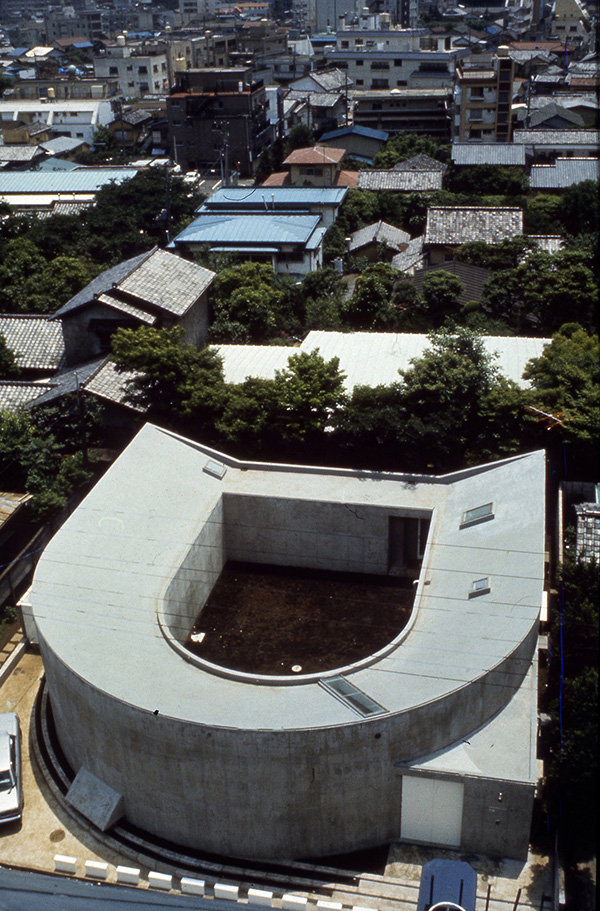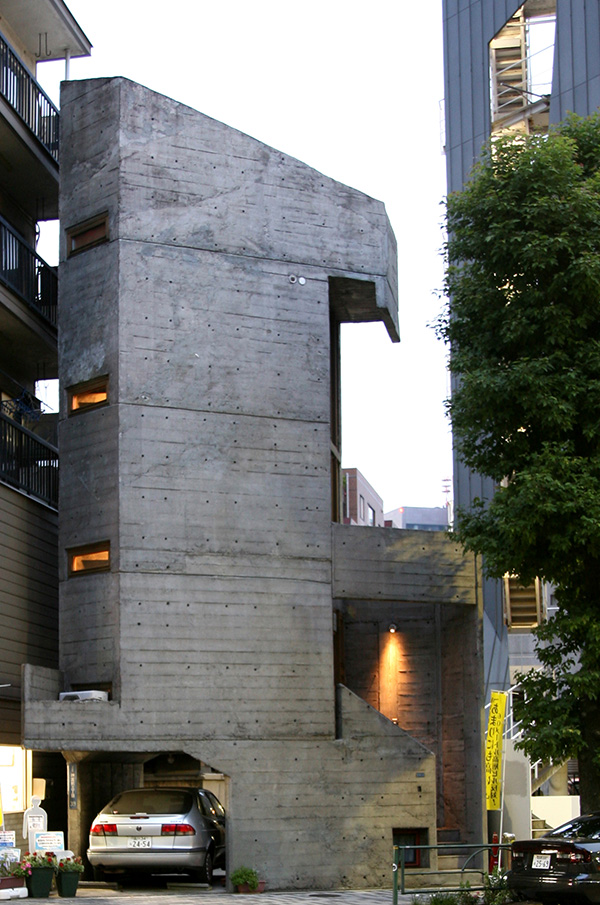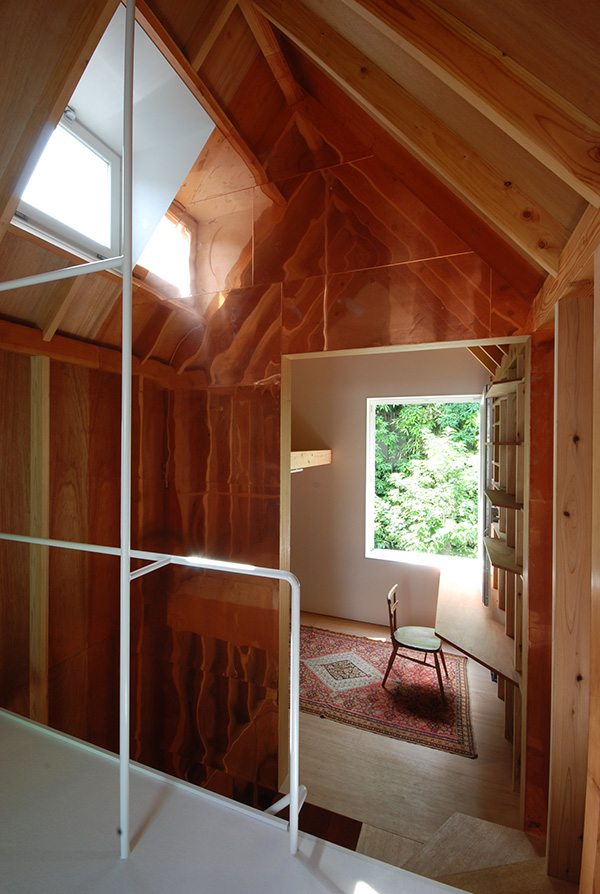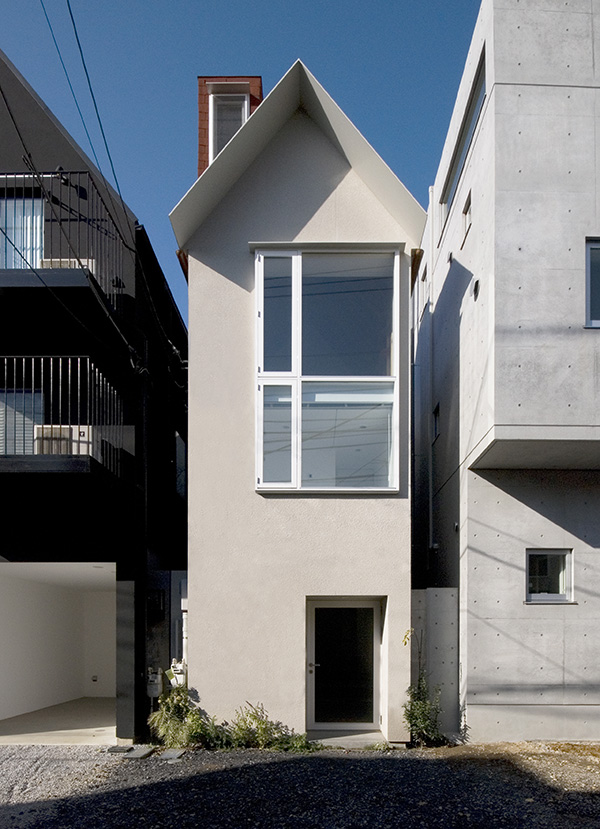ARCHITECTURE:The Japanese House,Part II
 Every year, Japan sees the construction of thousands new houses, a significant number of which are designed by internationally active Japanese architects. The work of these architects, however, has only fragmentarily been introduced to the broader public. There have been virtually no large-scale exhibitions devoted to introducing Japanese residential architecture in the International audience (Part I).
Every year, Japan sees the construction of thousands new houses, a significant number of which are designed by internationally active Japanese architects. The work of these architects, however, has only fragmentarily been introduced to the broader public. There have been virtually no large-scale exhibitions devoted to introducing Japanese residential architecture in the International audience (Part I).
By Dimitris Lempesis
Photo: MAXXI Museum Archive
The exhibition “The Japanese House: Architecture & life after 1945” at MAXXI Museum in Rome, attempts to fill that gap with hundreds of unseen models, plans, photographs, and films, illustrating the great variety of domestic residences designed by Japanese architects from the post-War period to the present day. The exhibition covers domestic architecture in Japanese society through the work of well-known architects such as: Kenzo Tange, Toyo Ito, Kazuyo Sejima and Shigeru Ban, a number of their masters, hitherto less well known in the West, such as: Seike Shirai, Kazuo Shinohara and Kazunari Sakamoto as well as a group of extraordinarily promising young designers. A recurrent subject within the artistic, cinematic and visual imagination, the house is also the conceptual place in which Japanese society and culture bring together two fundamental aspects of the modernization of the country: tradition, with its system of rules and customs, and the propensity for innovation and the most radical expressive research. The layout of the exhibition is intended to reproduce the spatial sensation of the buildings presented, in which functionality is frequently understood more of a psychological than practical device. “The Japanese House: Architecture & life after 1945” tackles a number of principal themes, presenting essential aspects of the Japanese domestic and architectural space, revealing the expressive richness of these projects and the capacity to create unexpected harmonies between man, building and the context housing it, urban or natural as it may be. The first theme to which we are introduced is that of the coexistence of traditional aspects and extreme architectural innovation, which we see in the first wooden houses by Kenzo Tange and also in more explicitly Avant-Garde projects such as the “Sky House” by Kikutake or in the more recent works by SANAA and Toyo Ito. The second is that of the continuity in Japanese culture, as evident in architecture as it is in all other fields, the continuity we find between the exterior and the interior of the house, between nature and artifice, between ancient and technologically advanced materials. The exhibition highlights the ties established through the universities, the studios and the associations between the various generations of masters and their students who have gone on to become masters in their own right. The third aspect concerns finally the role of the domestic space, the key to the entire metropolitan culture and to the urban metabolism of the Japan of today, characterized by the silent congestion of the urban spaces, by the link between the imaginations of architects, filmmakers and manga cartoonists, through to the impenetrable recipe that permits every Japanese designer to combine with innate skill Shinto sobriety and Western minimalism, primordial and high-tech materials, privacy and transparency. Drawings, models, vintage and contemporary photos, together with videos, interviews, film clips and mangas and works by artists make up the presentation together with life size reproductions of fragments and sections of particularly significant buildings such as the “House U” by Toyo Ito, the emergency shelter by Shigeru Ban and other essential elements of the Japanese domestic space. The “non-architectural” materials such as works by artists, filmmakers, anime artists and photographers are intended to facilitate understanding of the relationship between the Japanese inhabitant and their house.
Info: Curator: Pippo Ciorra, in collaboration with Kenjiro Hosaka and Florence Ostende, MAXXI-Museo Nazionale Delle Arti Del XXI Secolo, Via Guido Reni, Rome, Duration: 9/11/16-22/2/17, Days & Hours: Tue-Fri & Sun 11:00-19:00, Sat 11:00-22:00, www.fondazionemaxxi.it
